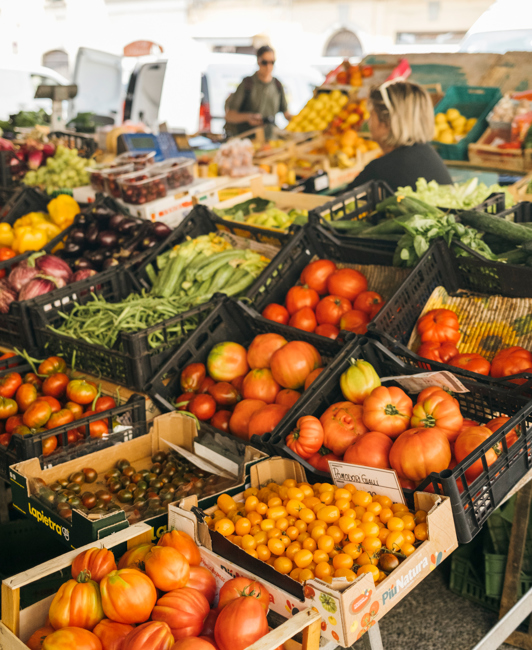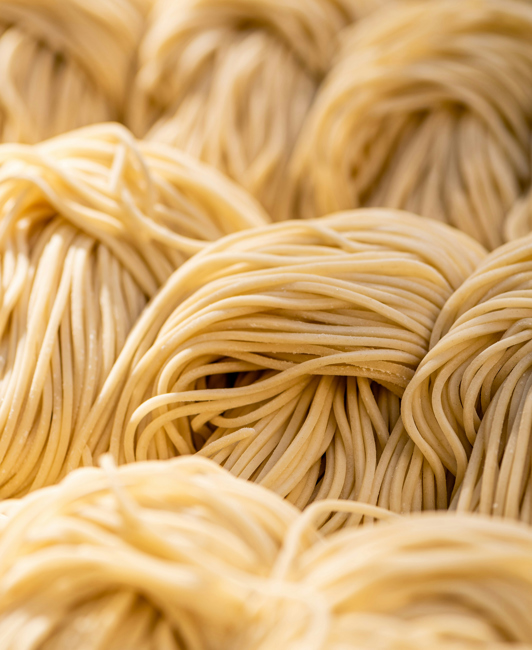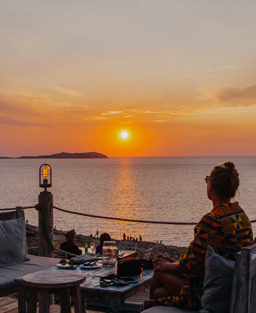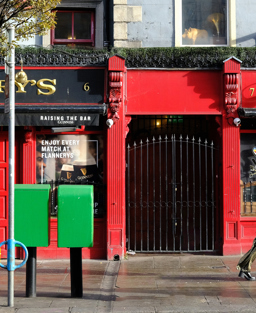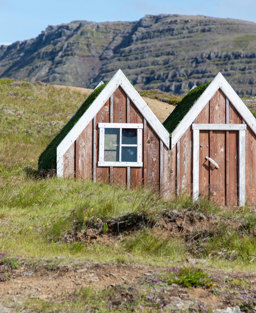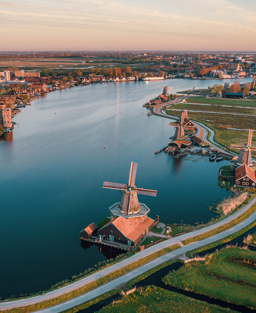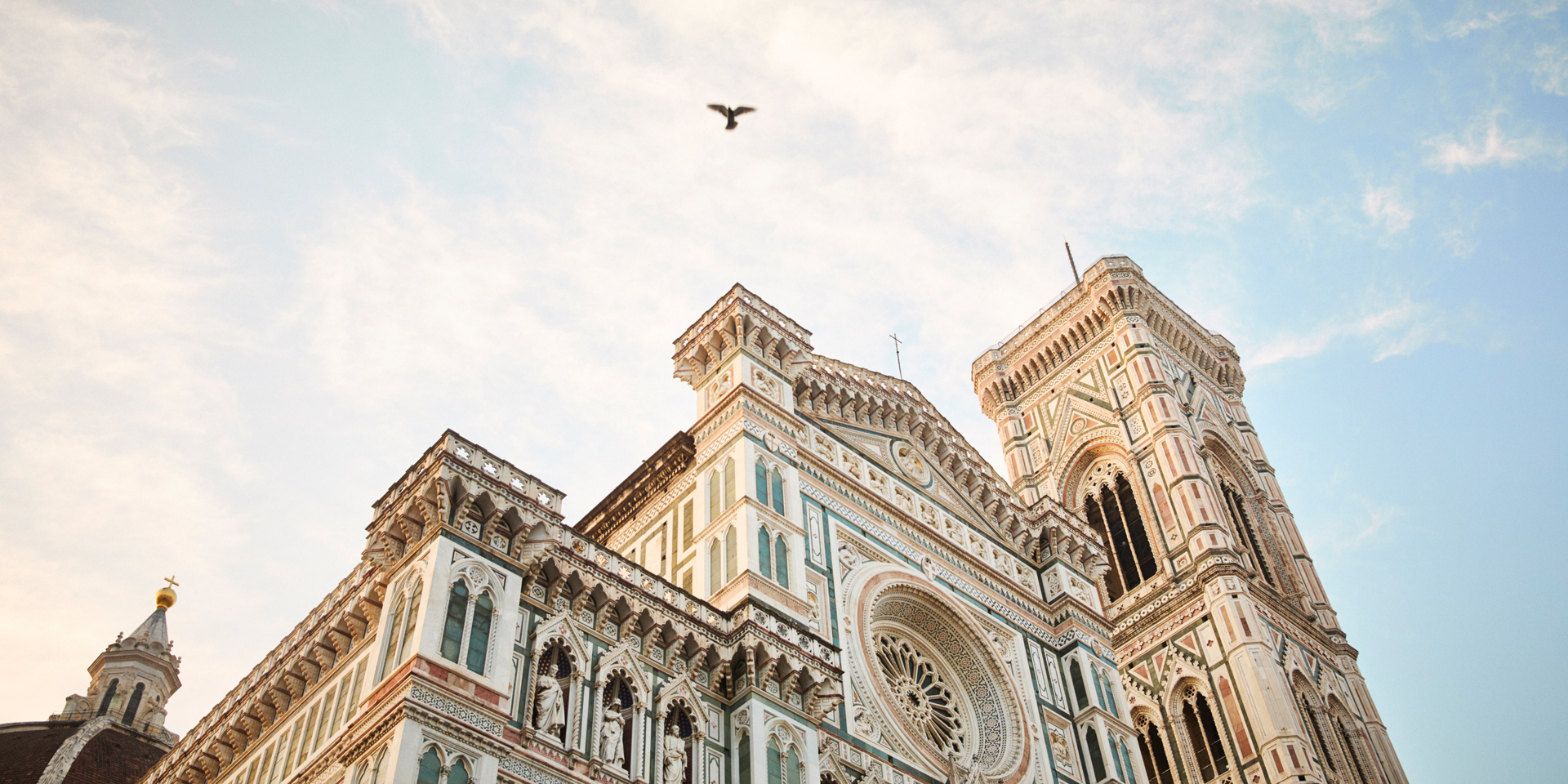

The Original Guide to Florence
Birthplace of the Renaissance and the epicentre of Tuscany’s wine region, Florence is brimming with culture and beauty. From Da Vinci masterpieces to open-air cinemas, secret passageways, botanical gardens and cooking classes, here are some of the experiences you won’t want to miss
Words: Phoebe Hunt
03/09/2025
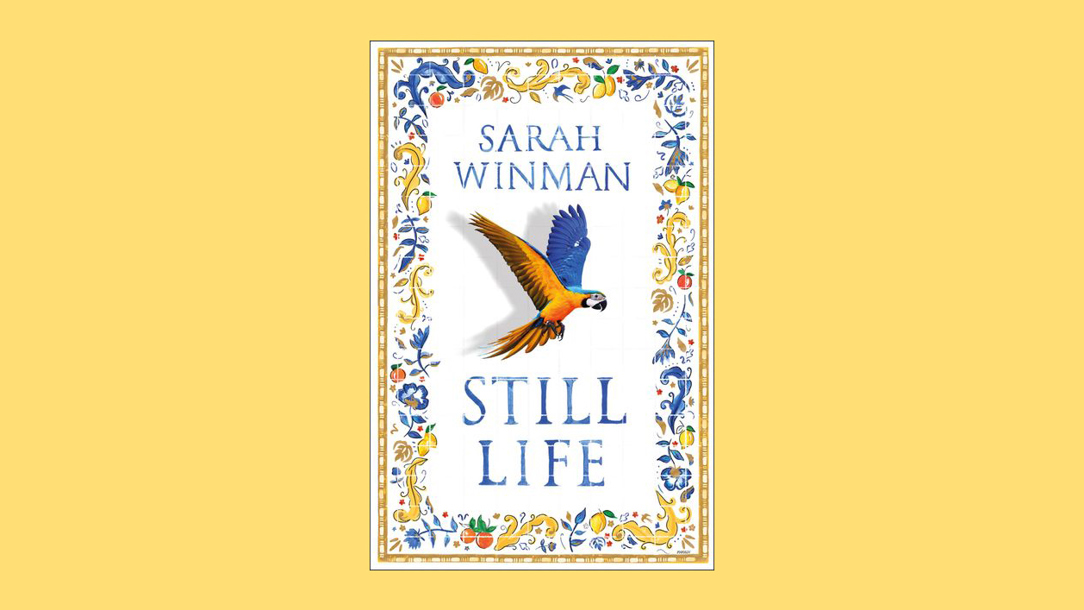
Still Life is a touching tale of people brought together by love, war and art
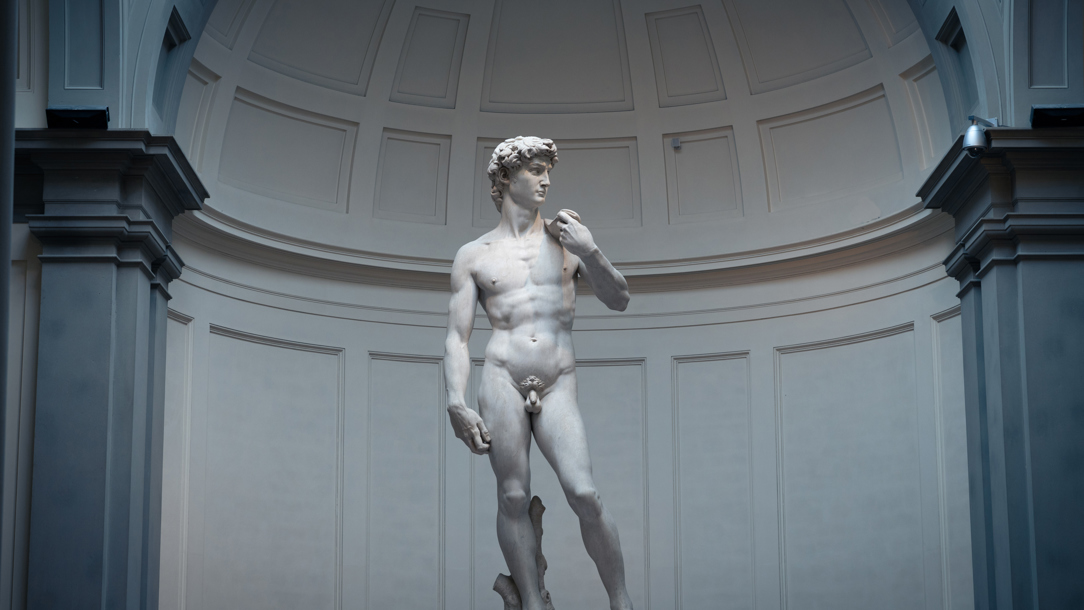
Michelangelo’s David in the Galleria dell’Accademia
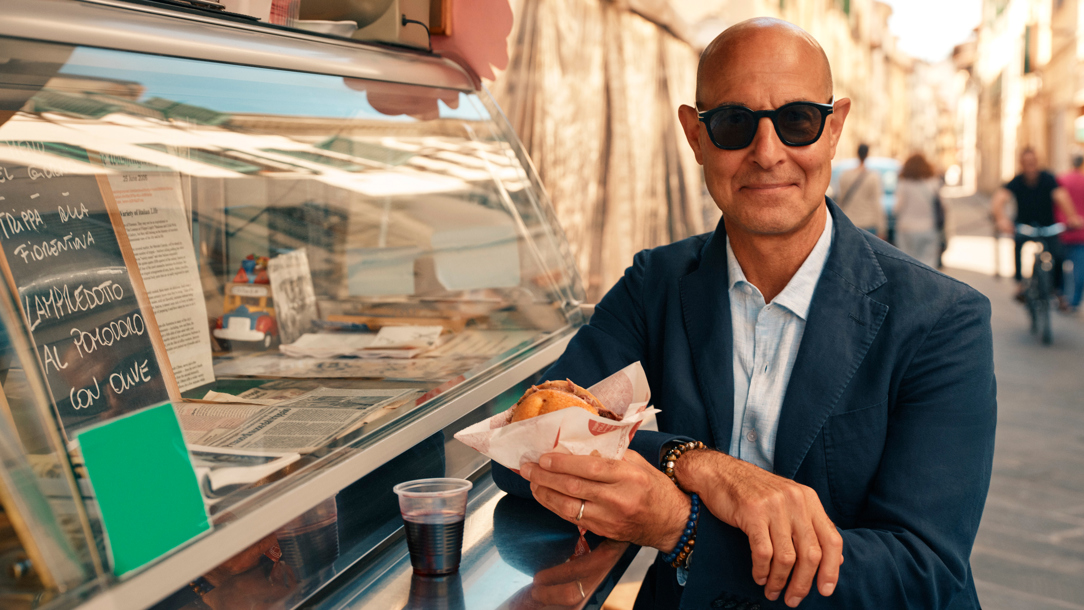
Actor Stanley Tucci tucks into a lampredotto sandwich in Florence
Pre-trip culture checklist
LISTEN: Before queuing to shuffle past Michelangelo’s David in the Galleria dell’Accademia, it’s well worth listening to an hour-long podcast on The Daily titled David’s Ankles: How imperfections could bring down the world’s most perfect statue. Writer Sam Anderson delves into his own relationship with the iconic statue, which may help you appreciate its fragility in a new light.
READ: Sarah Winman’s tender, queer novel Still Life. The book paints a picture of post-war Florence, weaving together the lives of a British soldier and an art historian over several decades.
WATCH: Stanley Tucci: Searching for Italy and the follow-up series Tucci in Italy. Both focus heavily on Florence and Tuscany. From the stories behind the ancient wine windows to street food staples such as lampredotto (cow’s stomach), the much-loved actor is sure to ramp up your appetite.
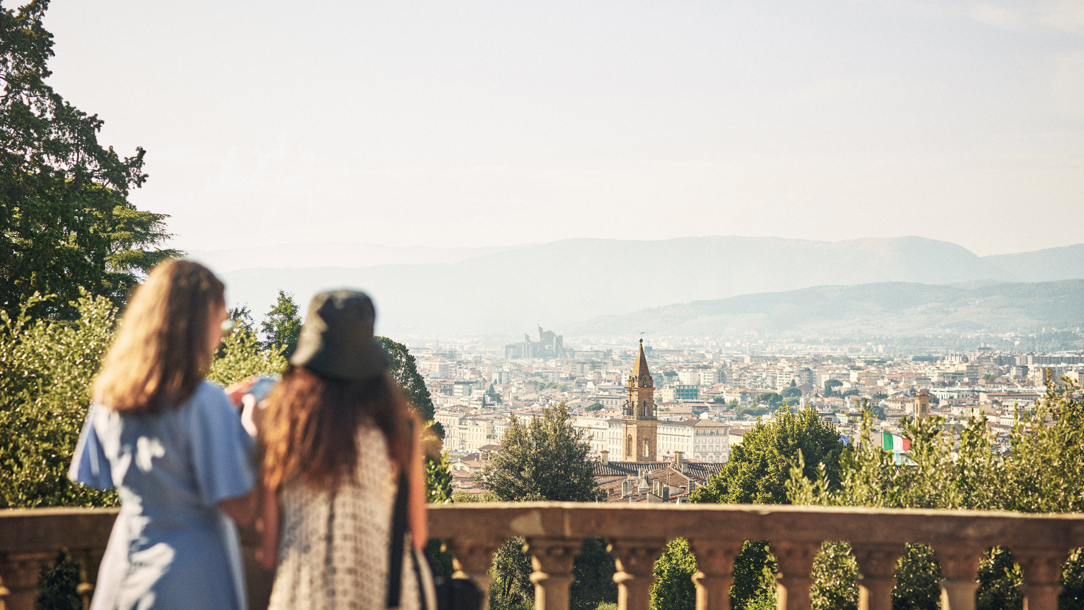
The Piazzale Michelangelo offers magnificent views of the city. Opening image: the Duomo
A local’s view
“For me, Florence is like an old friend: she knows me so well she can drive me mad, but I always forgive her because I know I won’t find anyone better in three lifetimes. I grew up exploring the Boboli Gardens (my father worked there for many years). It’s still where I go when I want to reconnect with the city at a slower pace. For a glass of wine I love Meno – Vini E Altre Necessità, a cosy enoteca that feels like a second home. As a change from the big, famous sites, I love Museo de La Specola, a natural history museum I used to visit with my grandmother. It’s been recently renovated and is still full of wonder. But, really, Florence needs very little introduction. The trick is to put the maps away and get lost in its streets – the museum is the city itself. Florence needs people who truly love her, not just those who visit.”
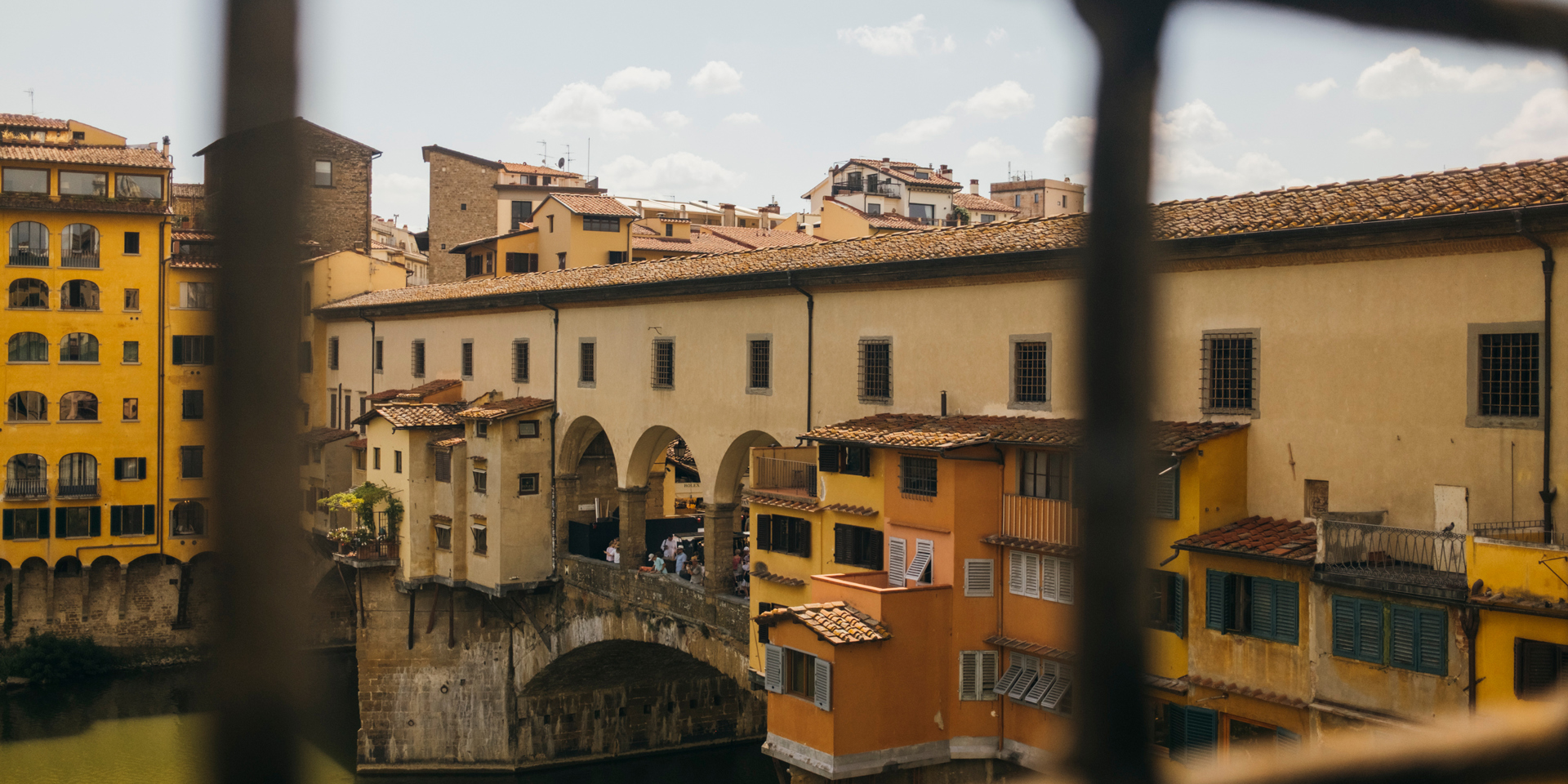
New view
The Ponte Vecchio (above) is Florence’s most iconic bridge – so beautiful that Hitler allegedly ordered for it to be the only bridge not destroyed in WWII. It’s usually photographed from the bridges that flank it on either side, but there’s also secret passage over the top of the bridge: In 1565, the ruling Medici family built the so-called Vasari Corridor across the top of the bridge (now open to the public again after more than a decade of building work). The passageway begins in what is now the Uffizi Galleries, passing over the top of the bridge, through houses and a 16th-century church and coming out in the Boboli Gardens (within the grounds of Palazzo Pitti).
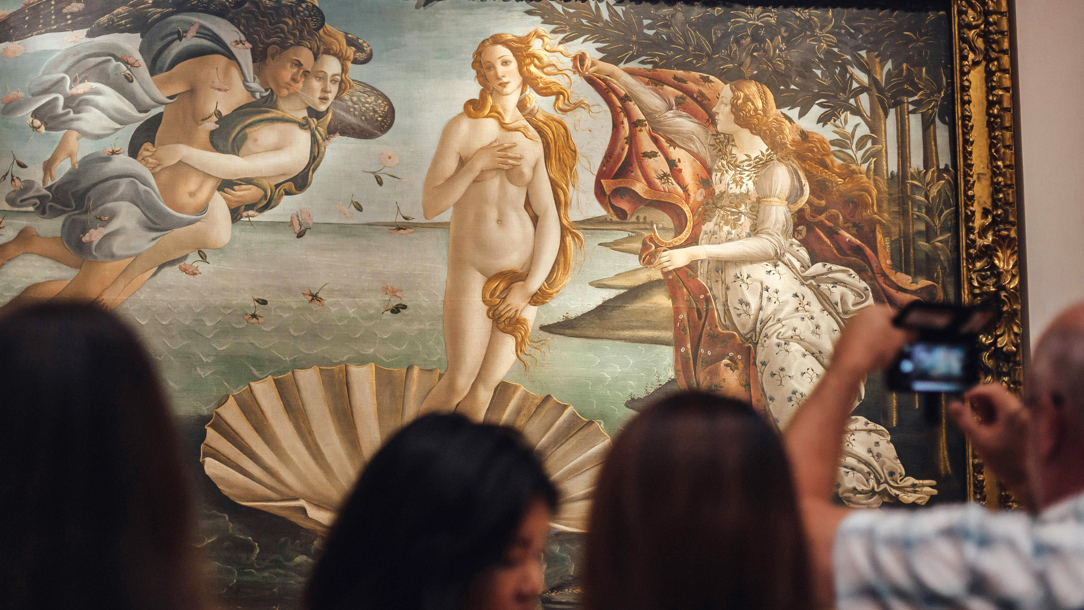
Botticelli’s The Birth of Venus in the Uffizi Galleries (Elena Popova)
Rainy-day saviours
With the sheer volume of artwork on display, the Uffizi Galleries is an obvious choice for losing yourself for a few hours on a rainy day. Roam the three massive floors of Renaissance paintings and sculptures, gazing out on to the Arno River below you. Not far away in Piazza della Repubblica, the Odeon Giunti cinema has recently been reimagined as a library and bookshop space, with regular events celebrating the history of Italian cinema.
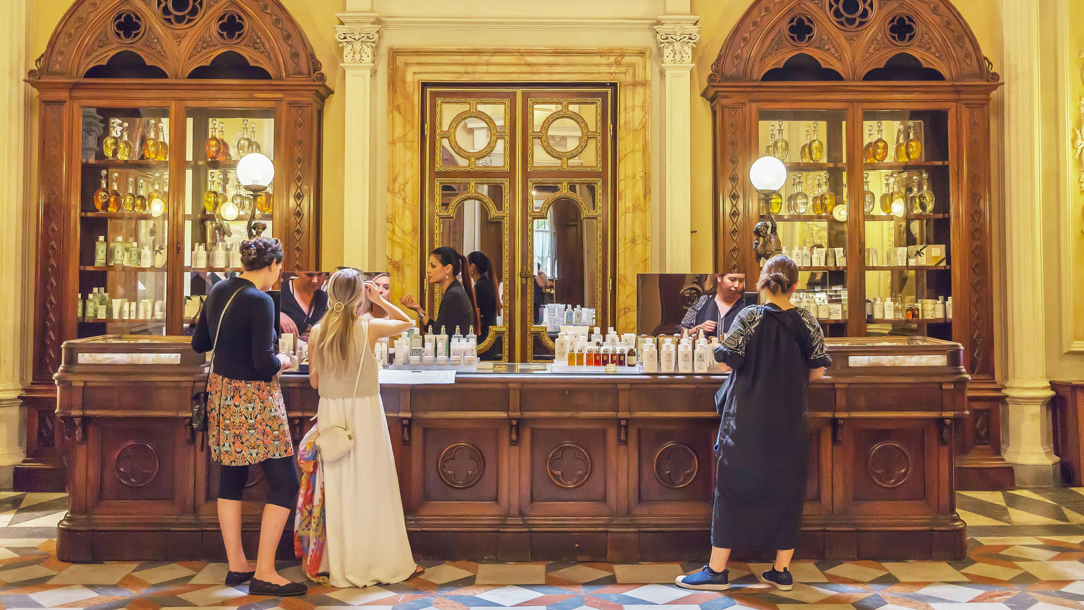
Sampling smells at Officina Profumo-Farmaceutica di Santa Maria Novella
The original perfumery
Said to be the oldest perfume-maker in the world, the catchily titled Officina Profumo-Farmaceutica di Santa Maria Novella has eight centuries of history. It was founded in 1221 by Dominican friars, who cultivated herbs and plants to make medicinal balms. When Caterina de’ Medici set off to marry the king of France in the 16th century, she took friar Renato Bianco with her from Santa Maria Novella as her personal perfumer. He designed her a clean, citrusy alcohol-based scent, Acqua della Regina, and it is credited with bringing the art of perfume – as we know it today – to France and the rest of Europe. You can still visit the ornately decorated perfumery near Santa Maria Novella train station, and pick up a scented candle or fragrance of your own.
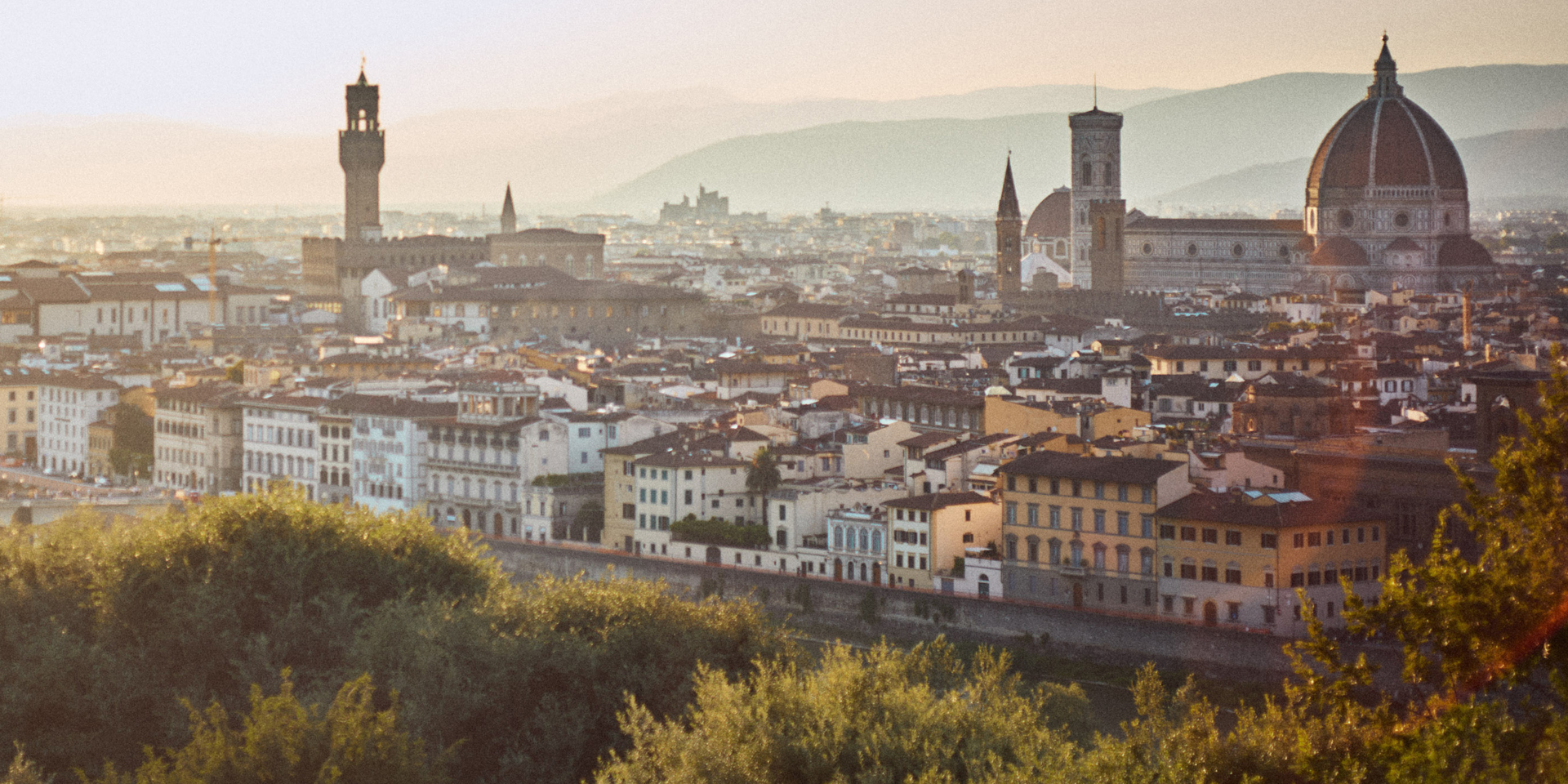
Bird’s-eye view
Brunelleschi’s 15th-century Duomo (above) looms large as you fly into Florence’s Peretola airport. It’s hard to get a sense of its scale from the ground – this is the largest masonry dome ever constructed to this day – but from above you can see just how much it dwarfs the rest of the city. As you fly closer, you’ll see the Arno river snaking through the city centre, with the rolling Tuscan countryside and the foothills of the Apennine mountains in the distance.
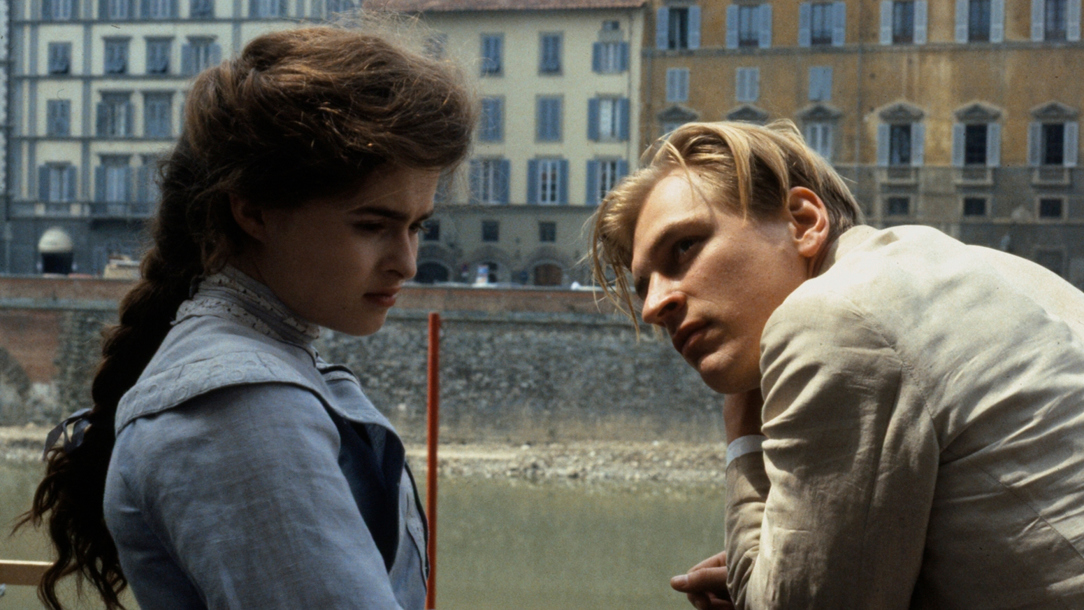
Helena Bonham Carter and Julian Sands in A Room with a View
As seen on screen
Florence’s honeyed piazzas, cobbled streets and mediaeval palaces are simply made for a movie setting. Switch out Vespas for horse-drawn carriages, and the scenes that Edwardian tourist Lucy Honeychurch (played by a young Helena Bonham Carter in the 1985 adaptation of EM Forster’s A Room with a View) frolicked around still look pretty similar today. Watch 2016’s Inferno for a whistle-stop tour of yet more famous spots, this time through the eyes of Harvard professor Robert Langdon, as he pieces together clues from Dante’s Divine Comedy. Palazzo Vecchio, Basilica Santa Croce, Porta Romana and Piazza della Signoria are all just as glorious in real life as on the big screen.
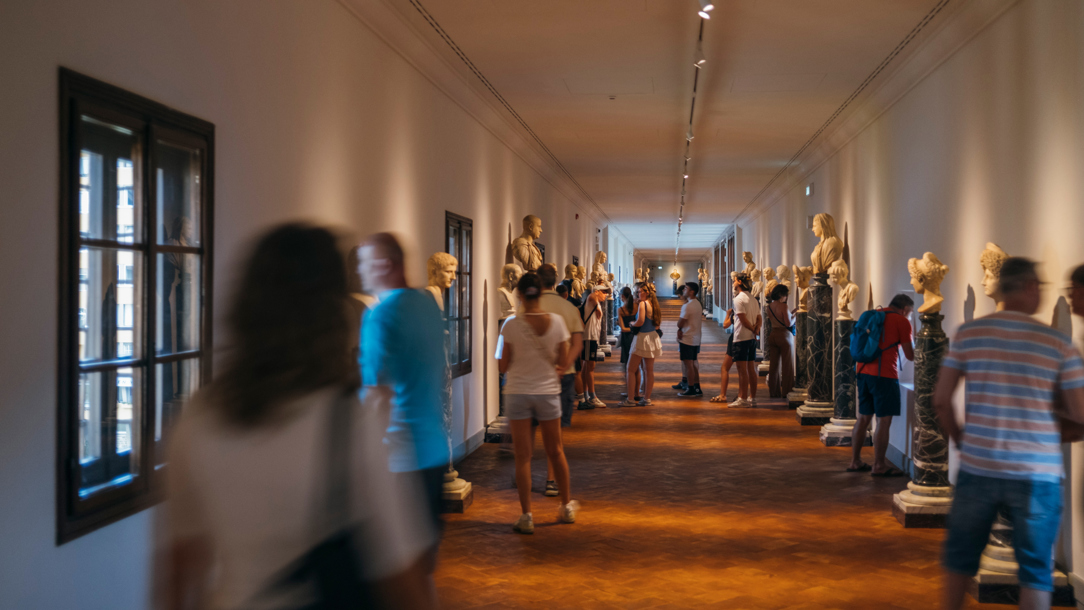
The Vasari Corridor connects the Palazzo Vecchio, the Uffizi Galleries and the Pitti Palace (Matt Richardson-Wood)
Access all areas
Florence’s cobbled streets and historic buildings require careful planning if you are differently abled. A good route with large, mostly flat flagstones and ramps starts in Piazza della Repubblica, goes down Via dei Calzaiuoli to Piazza della Signoria, along Via Por Santa Maria and over the Ponte Vecchio. The newly reopened Vasari Corridor is now fully accessible for wheelchair users, taking you through the Uffizi Galleries, over the Ponte Vecchio and into the Boboli Gardens – incorporating three of the city’s major landmarks into one.
The sensory six
Beyond the major monuments, Florence is a riot of delicious smells, flavours and experiences that appeal to all the senses.
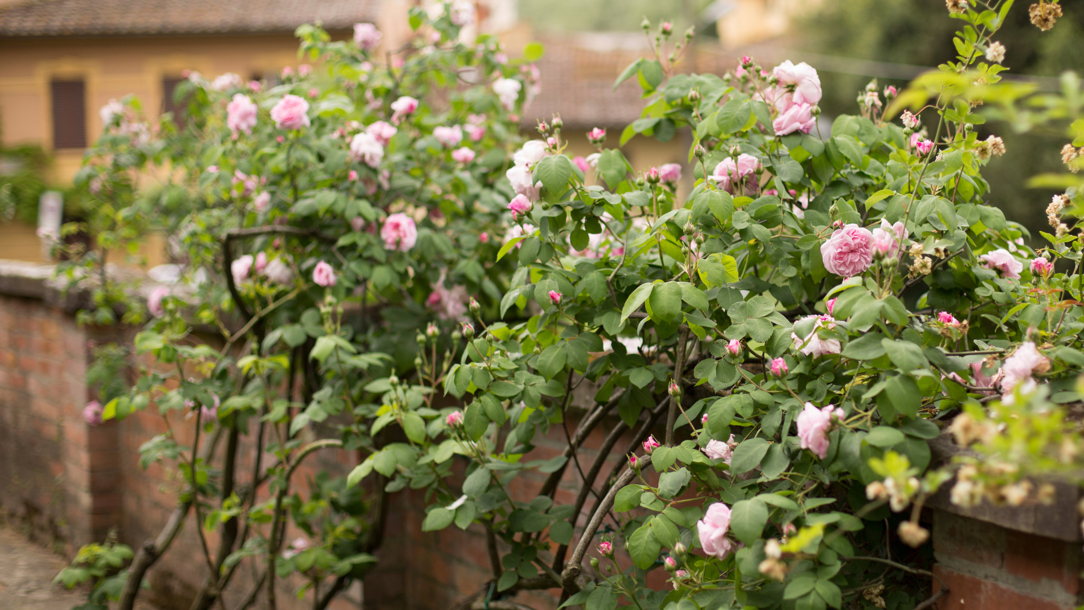
The fragrant Rose Garden was created in 1865 by Giuseppe Poggi
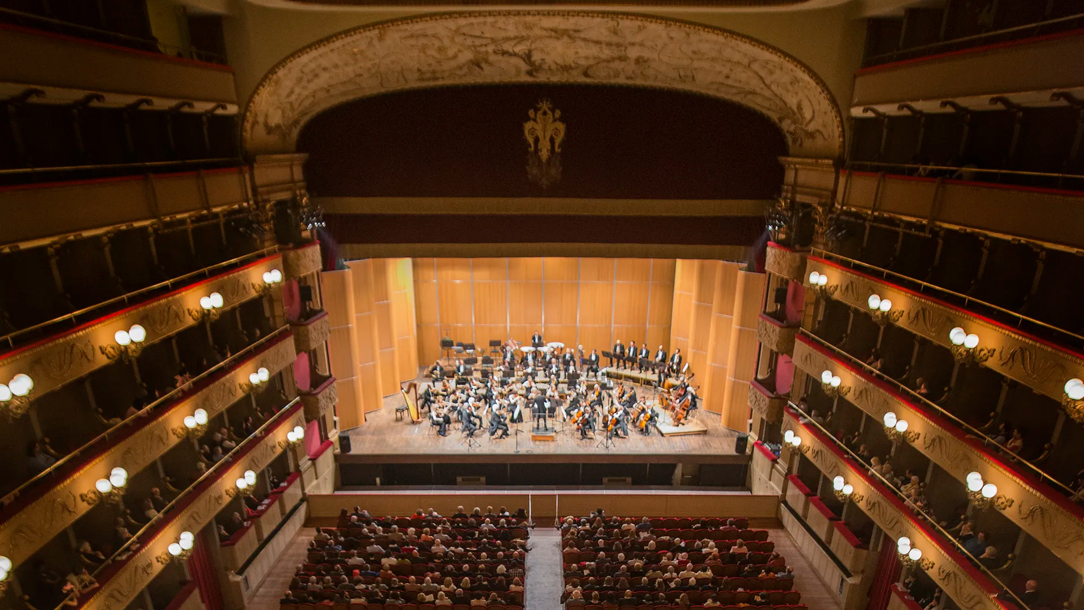
The Orchestra della Toscana performs at Teatro Verdi
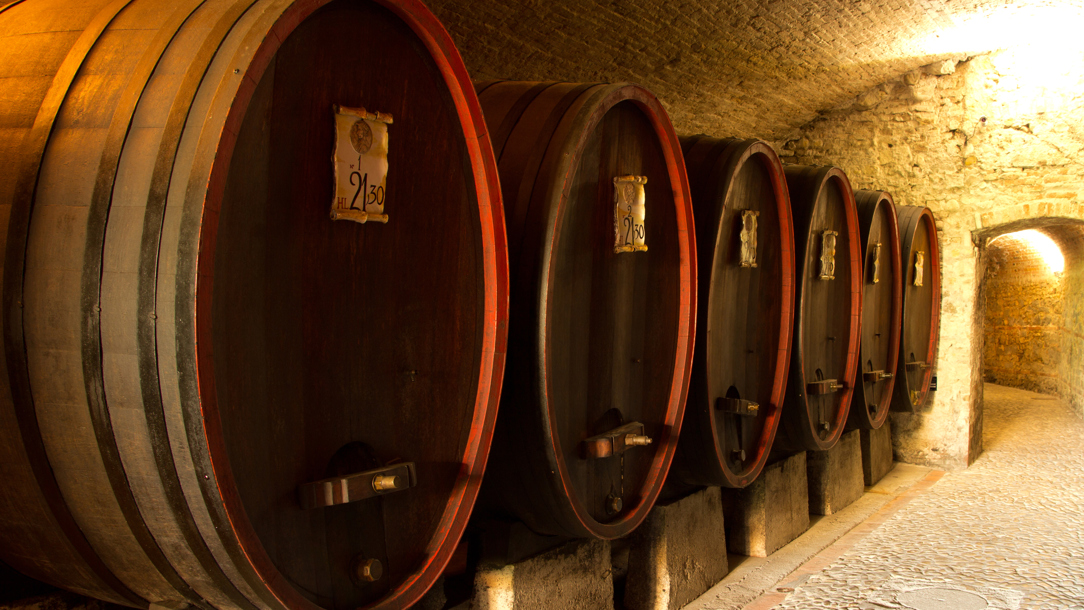
Wine ageing in barrels in a cellar at Borgo Machiavelli
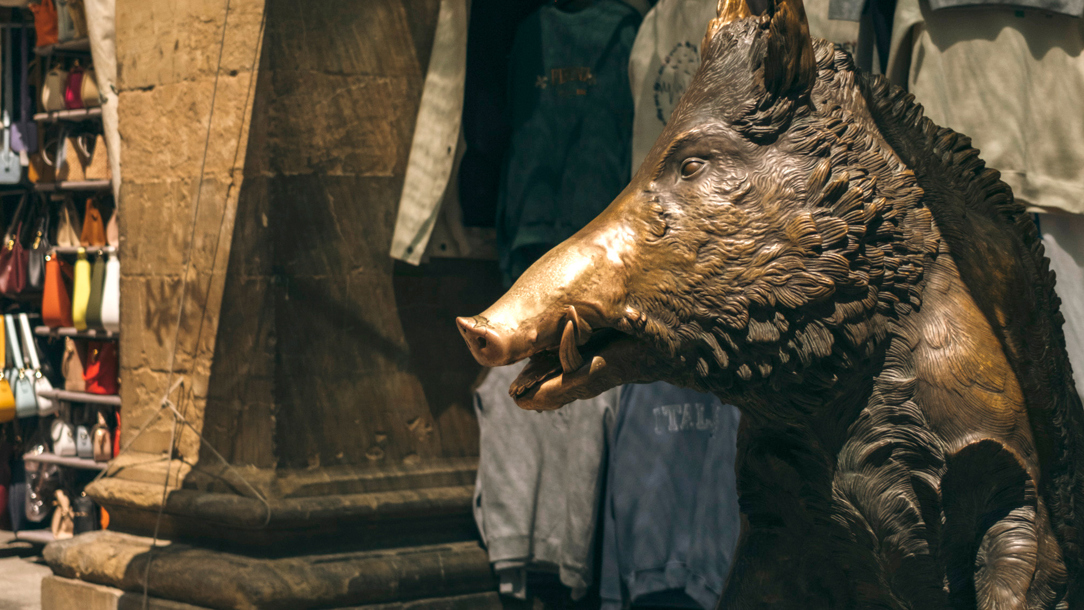
Il Porcellino (Italian for ‘piglet’) bronze fountain by Pietro Tacca (Matt Richardson-Wood)

Open-air cinema on the terrace at Villa Bardini (Stefano Casati)
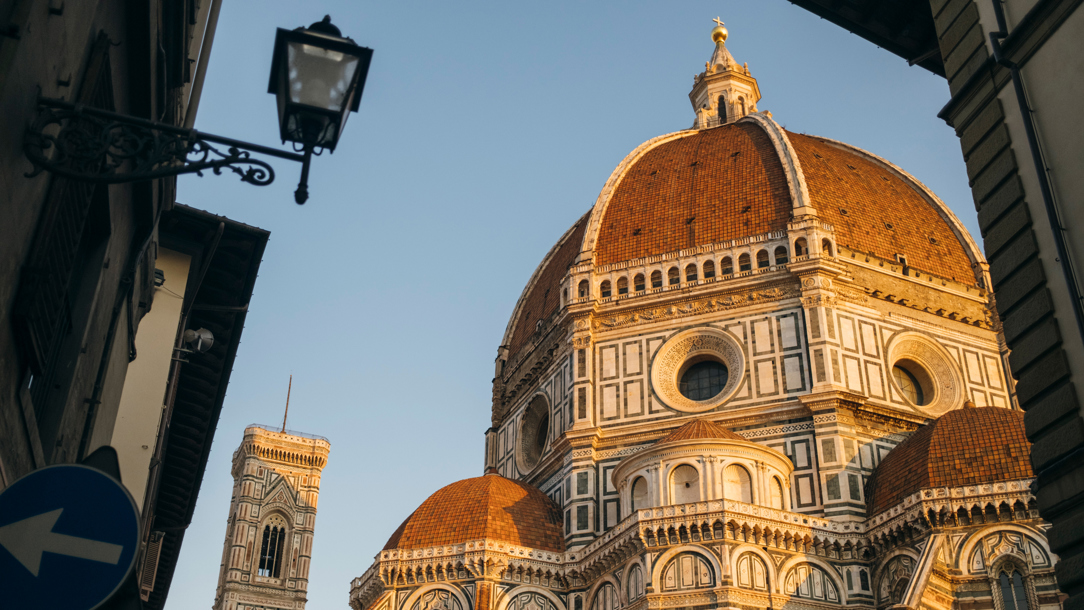
The breathtaking Duomo was completed in 1436 (Matt Richardson-Wood)
Smell
Stroll through the picturesque Rose Garden on Florence’s Oltrarno quarter to enjoy the scent of 400 different varieties of roses.
Hear
Enjoy a programme of classical music concerts and opera at Teatro Verdi, Florence’s historic theatre in the Santa Croce quarter.
Taste
Head into the Tuscan hills for a vineyard stroll and wine tasting at Borgo Machiavelli, sampling Chianti Classico in the very place it’s grown.
Touch
Legend has it that rubbing the shiny snout of the bronze wild boar statue in Mercato Porcellino (named after the 17th-century sculpture) before dropping a coin in its mouth will bring you good luck.
See
Throughout July and August, an open-air cinema in the Bardini Gardens shows timeless classics and indie Italian films.
Sixth sense
Religious or not, anyone can join Catholic Mass at Cattedrale di Santa Maria del Fiore (the Duomo), a way to immerse yourself in the building’s spiritual past and present.
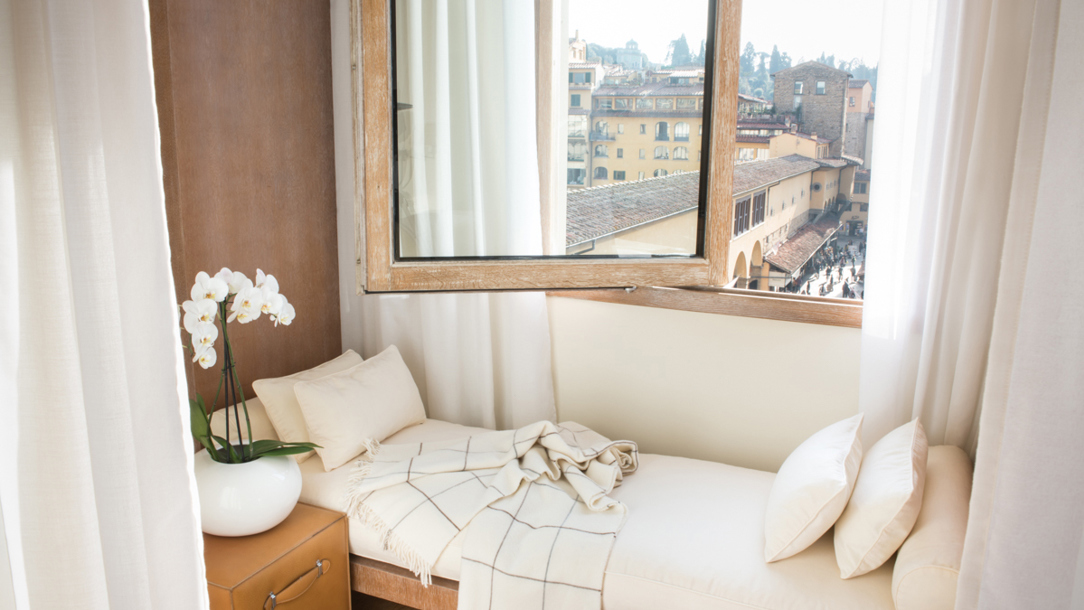
A room at Hotel Continentale overlooking the Ponte Vecchio
Where to stay
Perched on the Arno River, literally steps from the Ponte Vecchio, Hotel Continentale Florence is a chic, design-led retreat. Owned by fashion’s Ferragamo family, this boutique property blends 1950s Italian glamour with modern minimalism – think crisp white interiors, curated fashion photography and pops of pastels. The rooms are stylish and serene (we recommend booking one with views of the river and the newly restored Vasari Corridor). The rooftop bar, La Terrazza, offers sweeping city vistas and is perfect for sunset aperitivos. While the hotel doesn’t have a restaurant, a generous breakfast spread is available to guests at its sister hotel across the road.
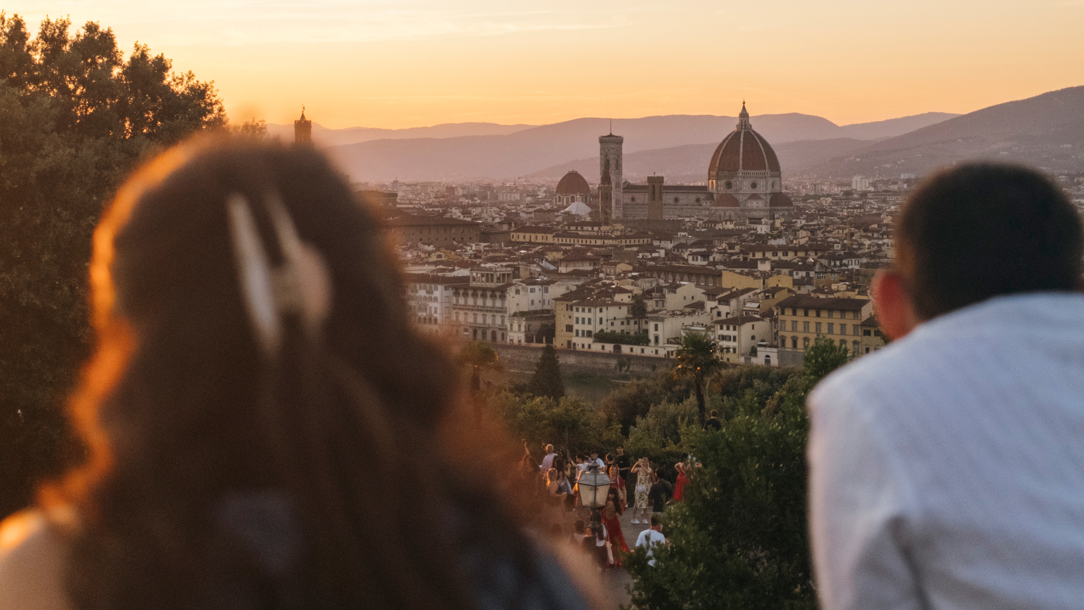
Watch the sunset from Piazzale Michelangelo (Matt Richardson-Wood)
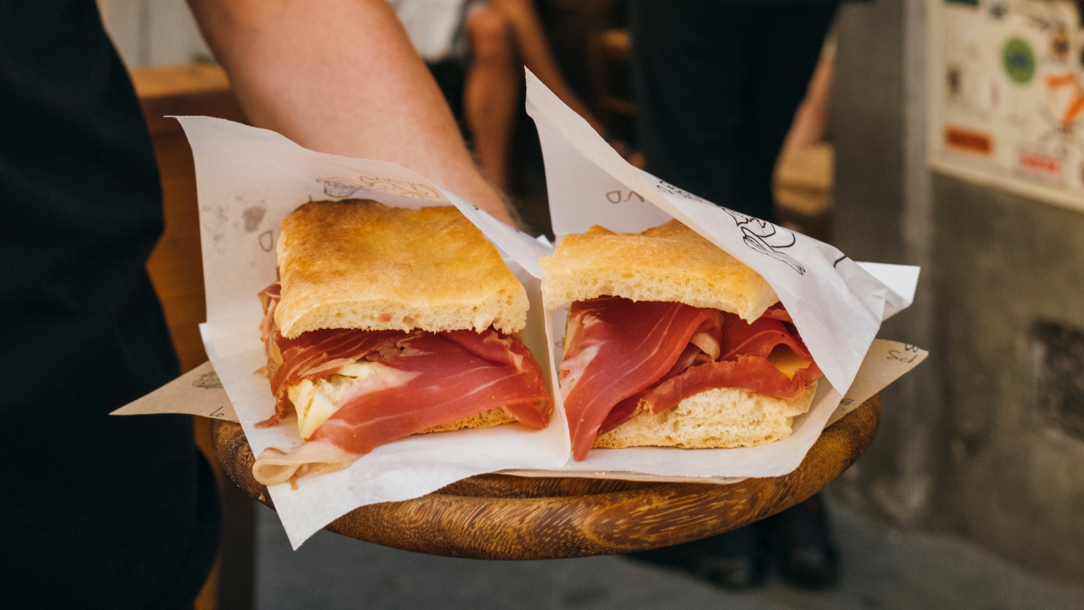
Scoff on schiacciata at Lo SchiacciaVino (Matt Richardson-Wood)
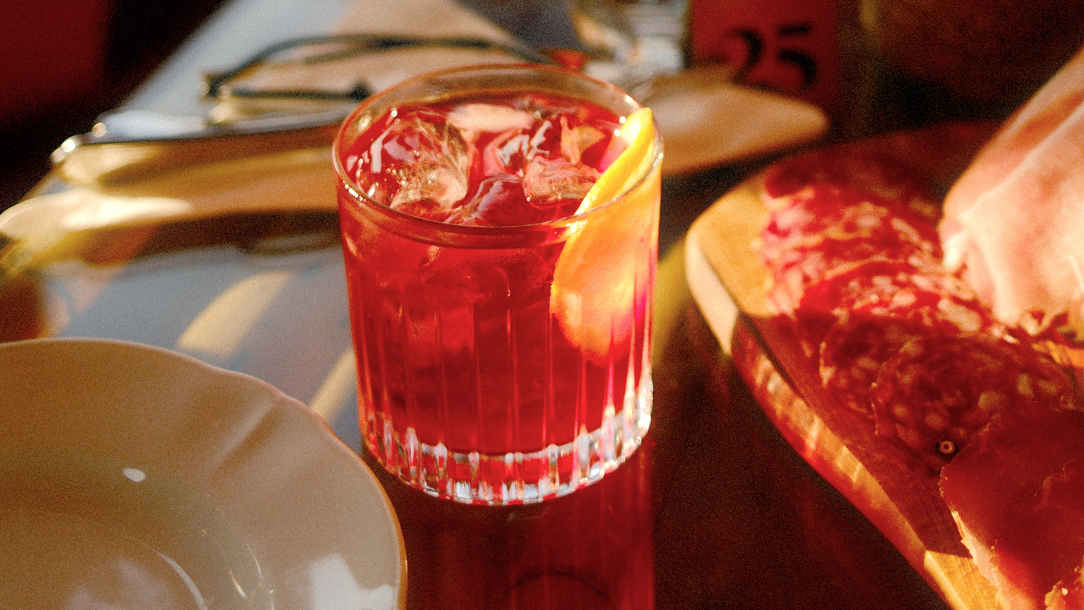
Nurse a Negroni (or two) (Matt Richardson-Wood)
The one thing
DO: Climb up to Piazzale Michelangelo to watch the sunset over Florence. It’s an unforgettable moment where locals and tourists come together (often with a spritz and some spontaneous busking) to gaze over the city below at golden hour.
EAT: Schiacciata – a salty focaccia-style sandwich stuffed with local meats and cheeses – is Tuscany’s original cheap eat. Head to Lo SchiacciaVino for the real deal, washed down with a glass of red wine.
DRINK: Legend has it the Negroni cocktail – a heady mix of gin, Campari and vermouth – was invented in Florence 100 years ago. Don’t leave the city without sampling one. Caffè Gilli is one of the most iconic places for an evening aperitivo, while the glamorous Atrium Bar at the Four Seasons has a dedicated Negroni trolley.
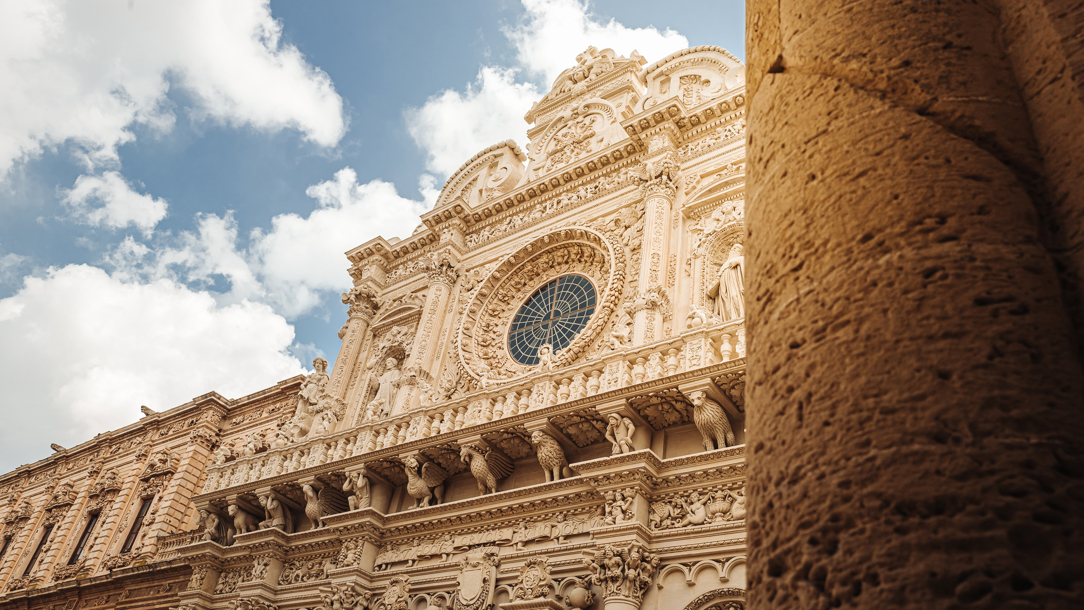
Basilica di Santa Croce in Lecce
Where next?
If you love Florence’s classical architecture, try the southern city of Lecce, a Baroque masterpiece in the sun-drenched region of Puglia. Less than 30 minutes from Brindisi by train, there’s a sunken Roman amphitheatre, a grand cathedral and limestone boulevards that glow golden at sunset. As if that’s not enough, you’re only a short hop from Puglia’s white sand beaches.


